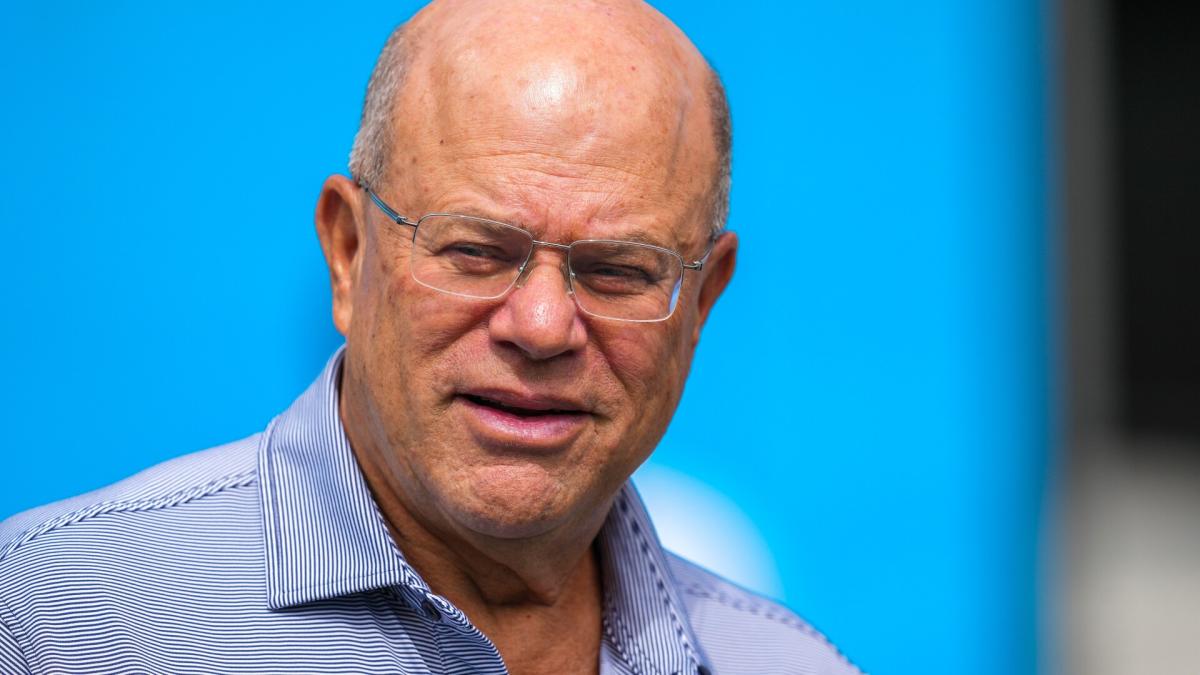Hubble captured a view of N11, a complex of nebulae located in the Large Magellanic Cloud.
One of the Hubble Space Telescope’s latest image releases might make you long for the cotton candy booth at the local fair. The venerable telescope captured an ethereal image of a cluster of nebulae called N11. That’s a humdrum name for what NASA described as “a bubbling region of stars” in a statement on August 19. The image gives space fans a glimpse into a neighboring galaxy and the cosmic processes at work there.
Hubble’s N11 image looks like a billowing red fog littered with glitter. “About 1,000 light-years across, N11’s sprawling filaments weave stellar matter in and out of each other like sparkling candy floss,” said NASA. “These cotton-spun clouds of gas are ionized by a burgeoning host of young and massive stars, giving the complex a cherry-pink appearance.” It’s tough to wrap your head around the concept of 1,000 light-years, but it helps to know Proxima Centauri—the next-closest star to our sun—is about 4.2 light-years away. In short, N11 is huge.
An inset image shows where N11 is located within the Large Magellanic Cloud, a nearby galaxy.
The N11 complex consists of a group of emission nebulae—formations made up of light-emitting clouds of gas and dust. It’s located in the Large Magellanic Cloud, a dwarf galaxy that’s a cosmic neighbor of our own Milky Way. LMC is also a satellite galaxy, meaning it orbits the Milky Way. It’s a relatively small galaxy, but it’s an active place for star formation. Scientists are using Hubble to better understand the types of stars within N11 and how they’re distributed.
N11 is both a stellar nursery and a cemetery. The cloudy red regions of N11 are offset by dark bubbles. “These bubbles formed as a result of the vigorous emergence and death of stars contained in the nebulae,” said NASA. “Their stellar winds and supernovae carved the surrounding area into shells of gas and dust.” Nebulae are beautiful to look at, and they can tell us about how stars are born, live and die. Our own sun formed in a nebula around 4.6 billion years ago. Distant stars can give us insights into the life cycle of the sun.
Hubble is a joint project from NASA and the European Space Agency. The flagship mission launched way back in 1990. At 34 years old, Hubble is elderly when it comes to space telescopes. It’s had its share of trials and tribulations over the decades and weathered some challenging technical glitches earlier this year. The Hubble team implemented a new operational mode to keep the telescope going. The fix worked and Hubble continues its science mission.
NASA and ESA regularly release images from Hubble that illuminate distant galaxies, scenic nebulae and even the planets—including Jupiter and Uranus—in our solar system. The space telescope’s contributions to science and public outreach are immense. It’s delivered some of the most iconic space images of our time, including the Pillars of Creation, part of the Eagle Nebula. N11 and its cotton candy appearance is another stellar entry in Hubble’s catalog.

Dr. Sarah Adams is a scientist and science communicator who makes complex topics accessible to all. Her articles explore breakthroughs in various scientific disciplines, from space exploration to cutting-edge research.







